That’s what the brains behind the new East Cowes energy centre reckon. It’s set to cut this Waitrose store’s fuel bill by 25% and heat 500 local homes. So is it the new blueprint for green retail?
It may only be a 30-minute ferry ride away, but technologically speaking the Isle of Wight seems light years ahead of the mainland. At least it does when it comes to the island’s newest supermarket.
Last week, Waitrose opened the world’s first biomass trigeneration energy centre at its East Cowes branch. The £3.5m plant, which can be found in the car park next to the supermarket, converts wood from the island’s sustainably managed forests and converts it into electricity, heat and cooling for the supermarket. It will cut the energy bill of the branch, which first opened in November 2010, by 25% and - once negotiations with local developers are complete - heat roughly 500 new-build homes on its doorstep.
This is the first of a new generation of supermarkets planned by the retailer. And it’s not just Waitrose that’s looking to develop stores that heat the homes of their customers as well as putting food and drink in their fridges. In recent weeks all of the big four have visited Waitrose’s new green blueprint to see how they can apply the technology to their own estates.
“It’s the most advanced supermarket in the world, energy-wise,” says Lars Jagd, CEO of Stirling DK, the Danish company that provided the hardware for the centre. The numbers seem to support Jagd’s assertion. As well as cutting the store’s energy bills, the centre has slashed its carbon footprint by 80% or 750 tonnes of CO2 a year, says Waitrose. Just as importantly, the technology will help insulate the retailer from the volatility of the global energy markets.
“A 25% reduction in electricity consumption is very, very important because that flows straight to the bottom line,” says Tony Jacob, head of construction and engineering at Waitrose.
“It’s going to become more important. Energy prices are set to become increasingly volatile. We believe the country’s power generation infrastructure isn’t fit for purpose. It’s crumbling. Unless we do something to take the pressure off, our business is going to suffer. We see this as a competitive advantage giving us resilience against future lack of energy availability. We’ve taken this concept out of leftfield and applied it to the heart of what we do.”
It’s also at the heart of Waitrose’s future plans for its estate. A similar system will fire up at Waitrose’s Bracknell store at the end of May and as many as 70 supermarkets and a handful of distribution centres could be fitted with the technology as part of a future refurbishment programme.
Future Waitrose renewable energy centres won’t necessarily be identical to the East Cowes facility, which is seen as the retailer’s green showcase, and could well be smaller and therefore less expensive to develop, says Waitrose. While East Cowes will use about 2,600t of woodchips anually - creating a market for wood cleared from roughly 500 acres of woodland a year - the centre and others like it can also use waste material from other processes, for instance refuse derived fuel (combustible elements taken from household waste and packed into bricks to be used as fuel).
“If you can create energy from someone else’s secondary product that is when you get real energy security,” says Stephen Newman, technical director at Mitie, the company that developed the East Cowes energy centre for Waitrose. “Now we have the plant up and running, suddenly people are very interested in the prospect of using this plant to provide district heating. Before we had built it there seemed to be a real lack of belief.”
Things soon changed. Indeed, when it was built a squabble soon kicked off between two local housing developers over who would get access to Waitrose’s supply of green heat. With the infrastructure to heat local homes now in place, talks are under way with authorities over supplying the energy to residents.
As energy supply becomes ever more volatile, district energy projects like this are set to become increasingly common, says Mitie. “We are sleepwalking into a very dangerous place - these are the kind of bold steps we all need to start taking,” adds Newman. “Supermarkets are in an ideal position to do this. They are slap bang in the middle of communities. This is just the start.”
With the rest of the UK’s major supermarkets eyeing East Cowes, he may well be right.
- The centre has cut the store’s gas demand on the grid by 84% and electricity by 69%
- Old trees are cleared from managed forests to promote new growth
- The resulting woodchips provide an efficient and sustainable fuel
- The fuel is converted into gas. It’s used to heat, cool and power the store
- The operation of the energy centre can be monitored remotely
- Water cooled at the centre is pumped around a network of tubes that chill the stores fridges. Waitrose is rolling these water-based chillers across its estate







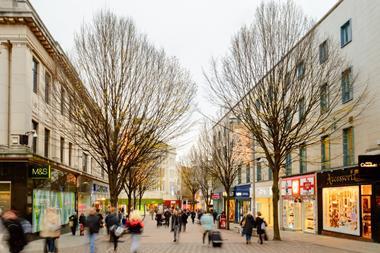
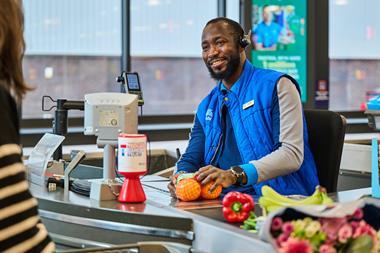
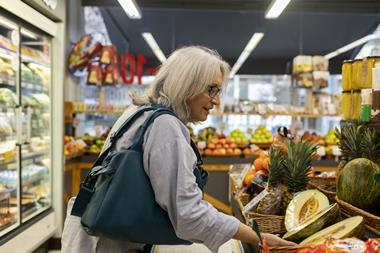

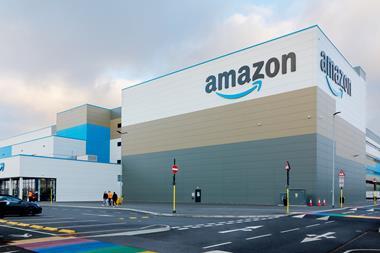
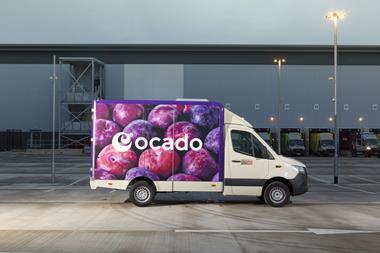






No comments yet